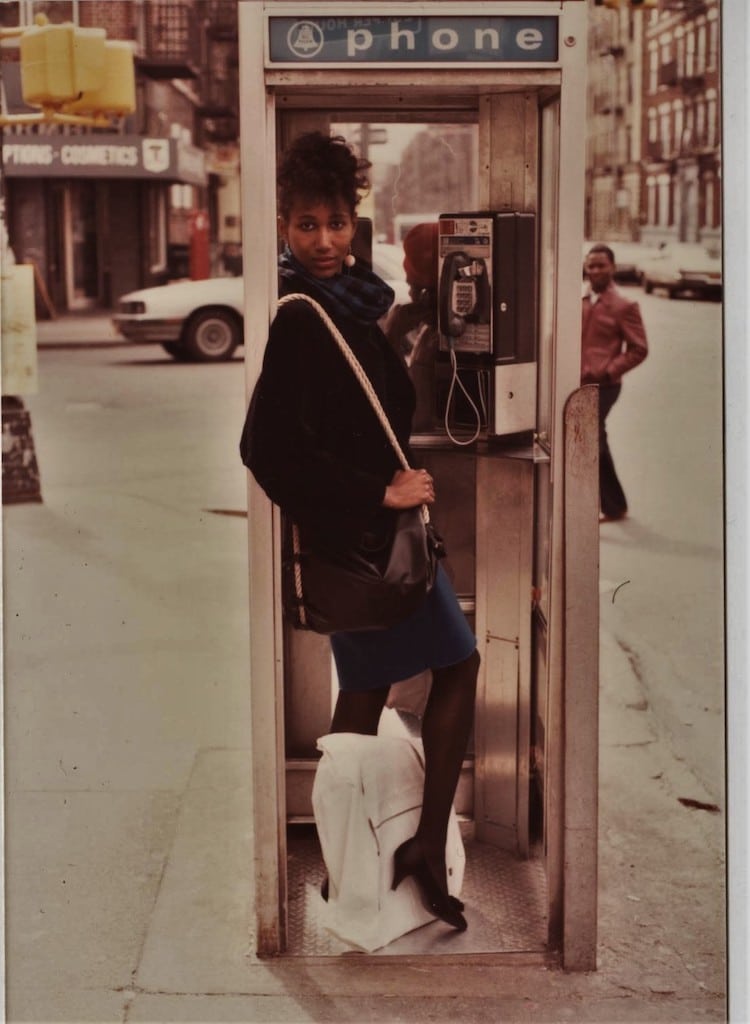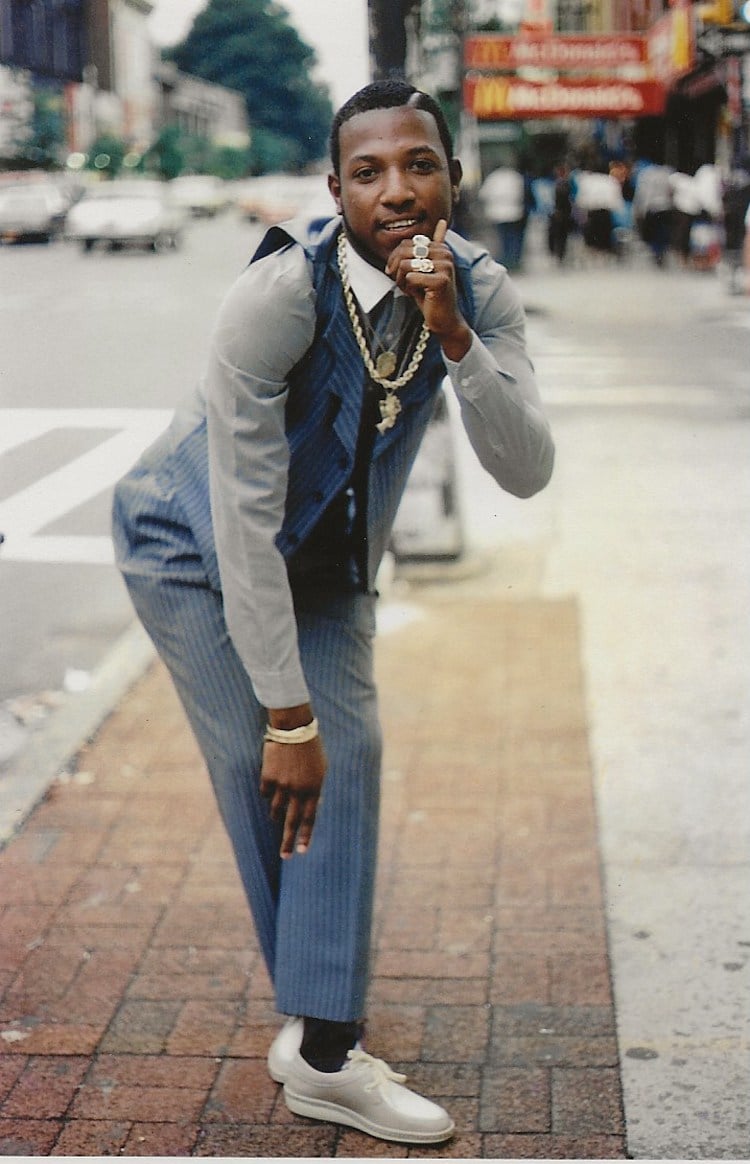
Photographer Jamel Shabazz has been photographing New York and its hip-hop culture for decades. This week on the My Modern Met Top Artist Podcast, we interview Jamel on his career and how he uses photography to make connections with the people around him. Listen in for beautiful stories on photography acting as “visual medicine” for people mourning loved ones, healing from a difficult past, or just reminiscing on their community.
Jamel tells us about how the camera had a magnetism to it that allowed people to feel comfortable posing and sharing their stories. We love Jamel’s street photography because it conveys a unique and intimate expression of each subject. He tells us that these works act as counter-narratives that question negative stereotypes and focus on positive stories. Though Jamel uncovers so many of these positive stories, he also describes the turmoil of working in a jail and taking street photos during the crack epidemic. He tells us about how watching these events unfold inspired him to be more engaging with people he met on the street.
This episode is a great listen for anyone who believes in the power of art and photography and for those trying to impact their own communities. You can listen to the full episode below or on the Top Artist website. If you listened to the episode and want to learn more about Shabazz, you can check out the documentary Jamel Shabazz Street Photographer.
To stay up to date on the latest Top Artist episodes, be sure to subscribe using your favorite podcast app. And, if you want even more content from our show, sign up for our newsletter or follow us on Instagram.
Listen to our chat with photographer Jamel Shabazz on his impactful shots of life in New York City.
Jamel’s street photography captured a critical time in New York City’s history.

 Jamel Shabazz: Website | Instagram | Facebook
Jamel Shabazz: Website | Instagram | Facebook
Related Articles:
Authentic Street Photography of 1980s New York Reveals the Rise of Hip-Hop Culture
Vintage Photos of Life on the Gritty New York City Subway of the Past
Top 12 Street Photographers Who Captured the Grit of New York in the 70s and 80s
